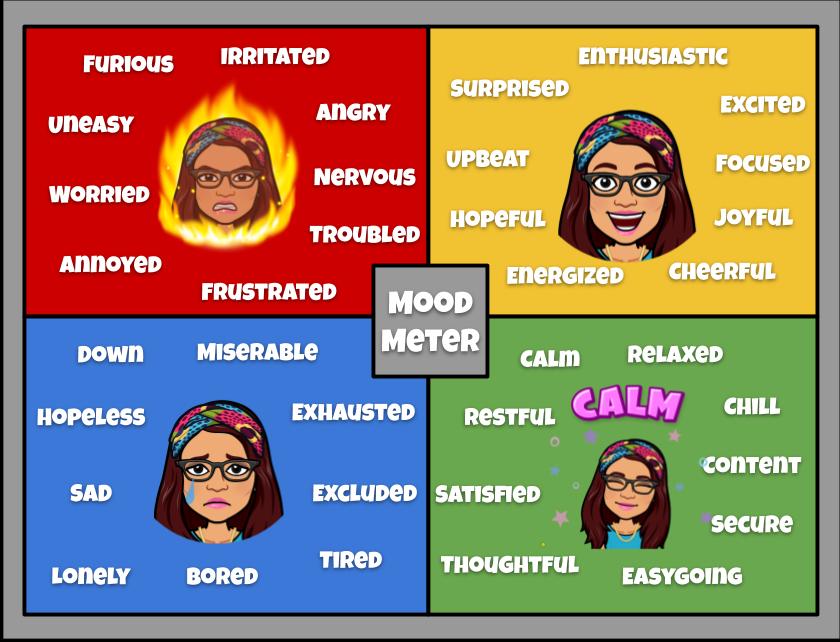
INTRODUCTION
As a school social worker at Mannheim Middle School and private therapist at Olimene Counseling Inc., I have seen a rise in children experiencing anxiety. The changes that have occurred this year have disrupted routines. Many children in the United States continue to do remote learning; they have had to re-learn new norms and expectations as students. This experience can be anxiety provoking. As a result of this, I collaborated with my colleague from my school district, Marcela Cook, and a client who is a parent to put together this blog and presentation. Therefore, my goal is to introduce you to the basics about anxiety and to organize the way that you share this information with your child(ren).
Presentation: https://bit.ly/3no8uQW
BRAIN ANATOMY
First, children need to learn about the brain anatomy in order to understand anxiety. When they understand about fight, flight, and freeze, then they understand why they experience anxiety. Once children understand the anatomy of the brain, then they feel more empowered and in control of their emotions.
I-STATEMENTS
Then it is crucial that you teach your children healthy coping strategies. Children need to first learn how to use I-statements to further develop their communications skills (e.g., I feel________ because ________). When children can effectively communicate how they feel, then they can develop healthy relationships with people and be able to self-advocate. As a therapist, I like to teach children these skills by using the Zones of Regulation Curriculum and teaching them to create their own mood-meter.

MINDFULNESS
Additionally, another healthy coping strategy that is useful for children is mindfulness. When children learn to be mindful, then they learn to be present in the moment. At a young age, children need to understand that it is fine to experience uncomfortable feelings. Life is not always easy and experiencing unbalance is part of life. When they are experiencing a challenging situation, then they need to learn how to center themselves.
CONCLUSION
I hope you find the information helpful and useful for your children. Please feel free to contact me through this site and/or you can follow me on Twitter/ Instagram.